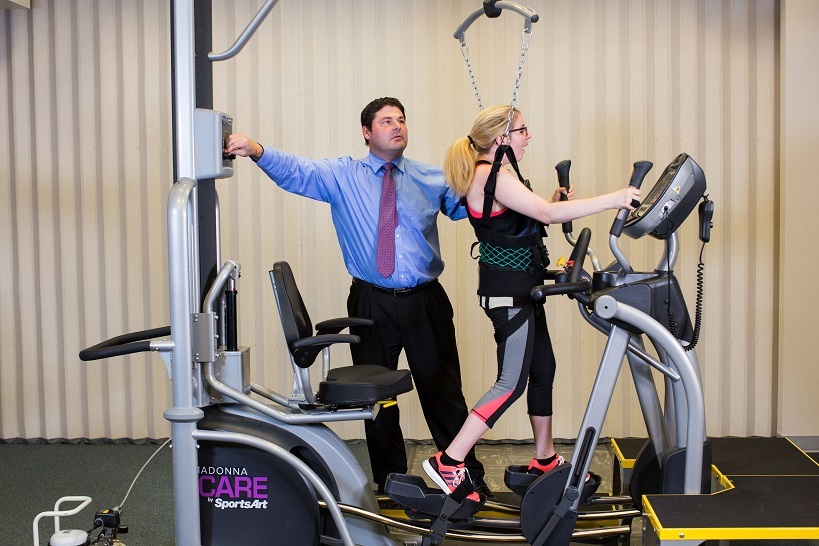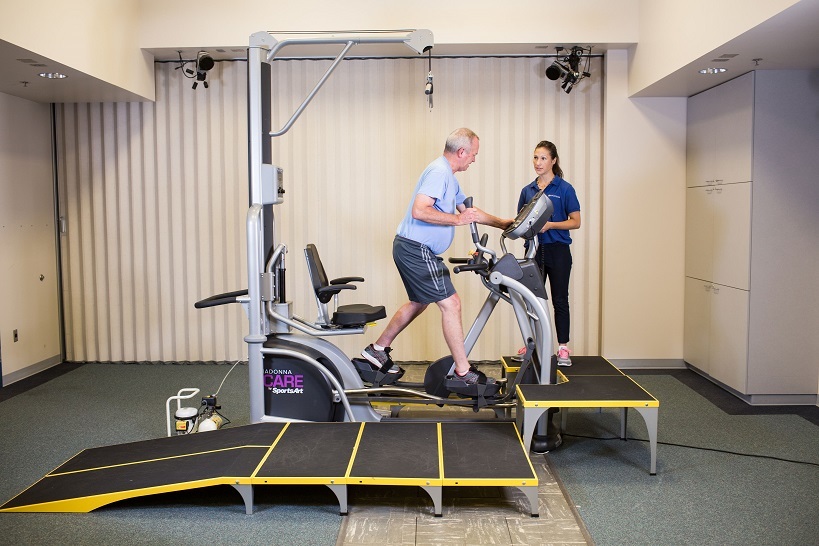Recently, we’ve heard several stories about top-tier athletes stepping away from their sports or teams to preserve their mental health.
Simone Biles curtailed her participation in the Tokyo Olympics. Naomi Osaka, currently ranked number 2 by the Women’s Tennis Association, made headlines when she stepped away from a press conference and then the French Open. Will Craig left the Pittsburgh Pirates and decided to play baseball in Korea.
The past year has been stressful for everyone. According to the Anxiety and Depression Association of America, 18.1% of adults in the United States have experienced an anxiety disorder in the past year. In addition, the National Institute of Mental Health notes that 7.1% of U.S. adults have had a major depressive episode.
As far as post-pandemic plans go, 58% of the respondents to the Mindbody Summer 2021 U.S. Consumer Survey say they have a renewed focus on their mental health.
A Clear Tie Between Exercise and Mental Health
Although the rise of mental health issues has recently been a major talking point in the media, most reports don’t cover steps that can be taken to improve them. The truth is that routine exercise and rehabilitative training—and being fit—can play a key role in improving mental health and mood.
One unique, long-term study of 152,978 participants between the ages of 40 and 69 from England, Wales, and Scotland reveals a very clear correlation between exercise, fitness, and mental health.

